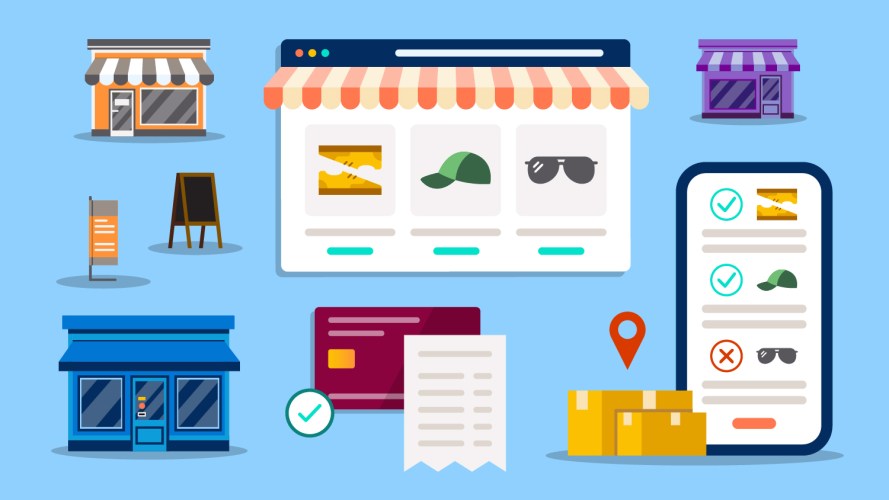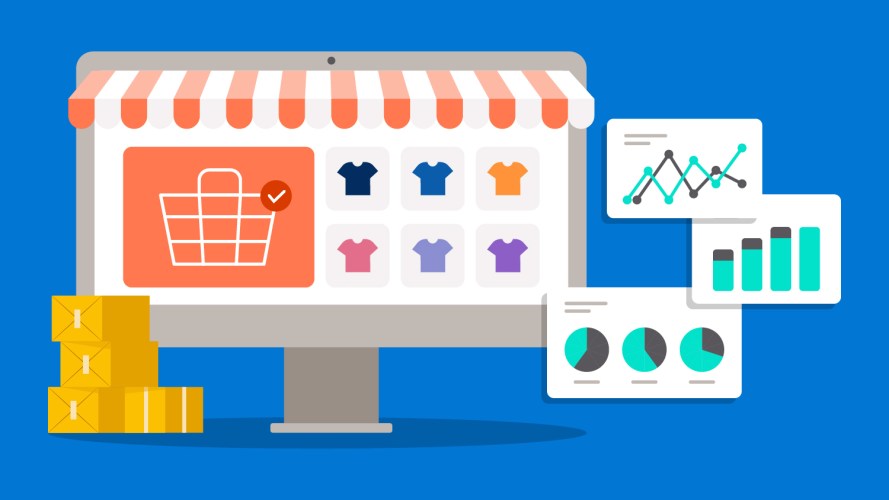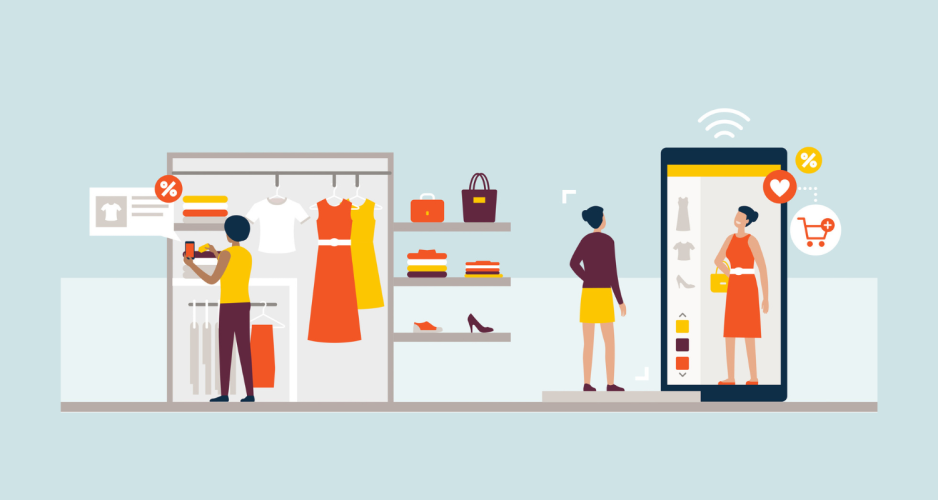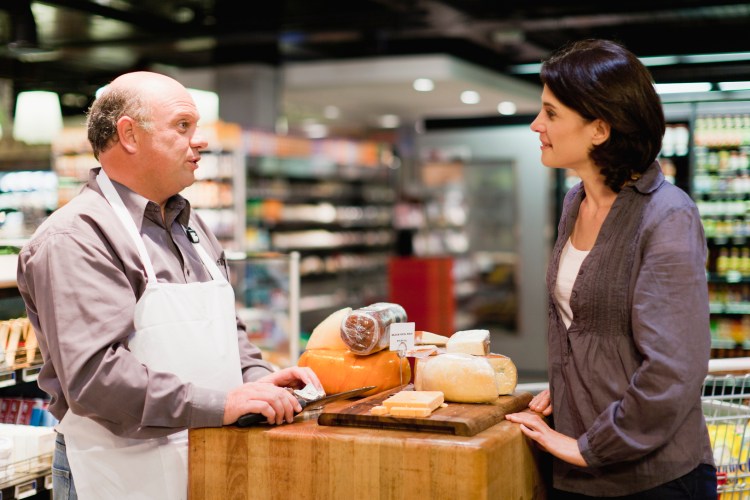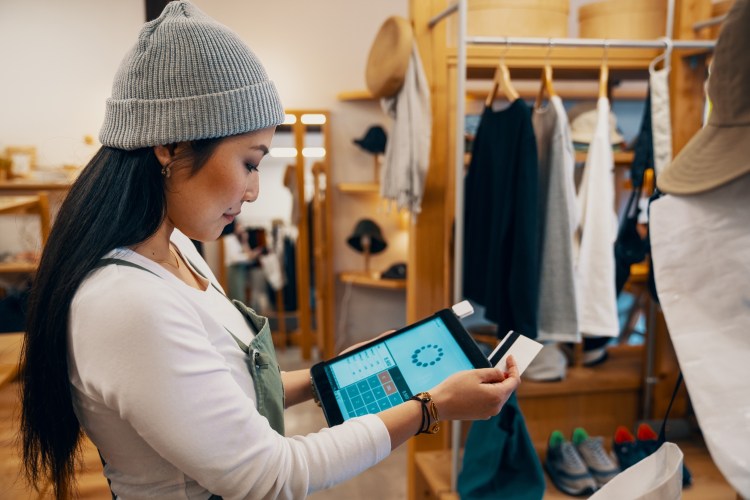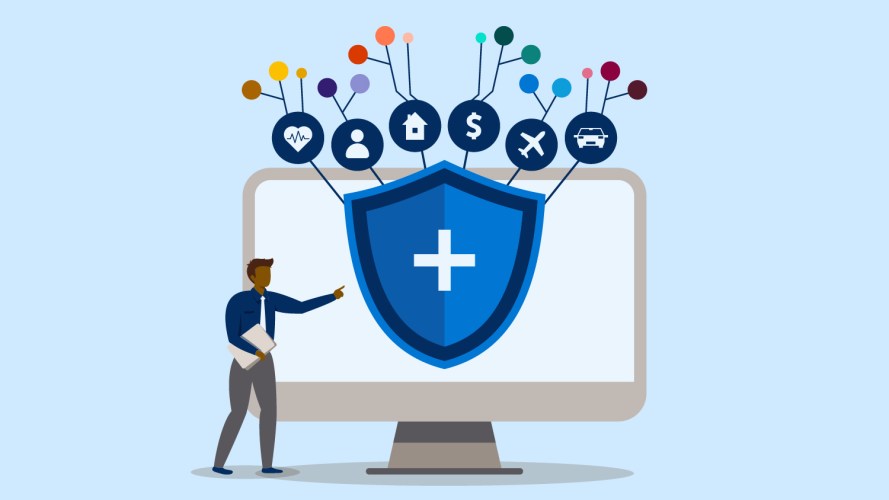Shoppers Have Gone Digital — Your Physical Stores Need To Keep Up, Too
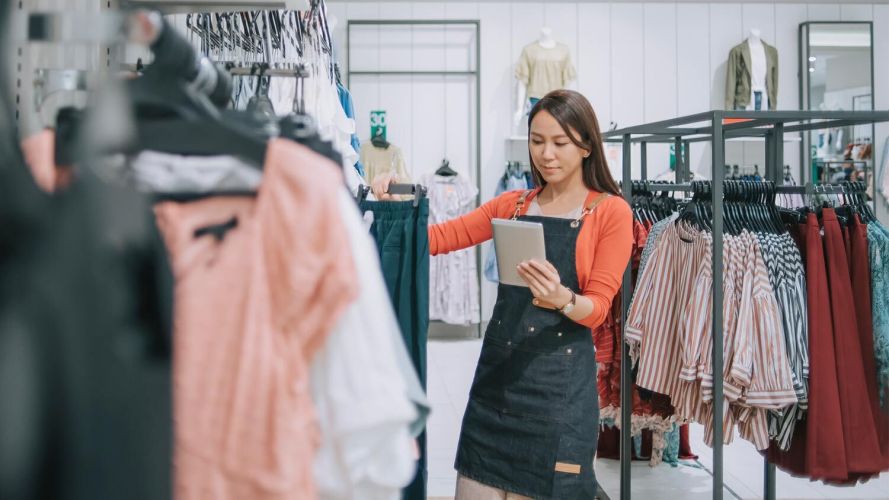


Keep your in-store digital experience consistent and connected to make holiday shopping easier.

Matt Marcotte
The days of bleary-eyed holiday shoppers rushing from store to store may not be a thing of the past, but they’ve changed fundamentally. Instead of relying on one-day-only, door-busting deals, shoppers are starting to gift-hunt earlier and move between nine different channels to discover, price-compare, and buy the perfect gift. With 60% of digital orders influenced by the store, your in-store digital experience has never been more important.
Digital and physical channels are continuing to converge into one connected shopping experience. As a result, consumer journeys are increasingly complex. And their expectations for convenience and choice have never been higher.
Give shoppers the gift of convenience this season
Happier holiday shopping starts with our 2022 Holiday Planning Guide for Retailers.



Pandemic holiday shopping pushed up digital channels’ share of transactions by 36% between 2019 and 2021, and those habits seem to be sticking. But 43% of customers still prefer non-digital channels — meaning satisfying all shoppers requires great experiences both online and in store. In fact, we’ve found that 85% of consumers expect consistency across all departments and channels, yet 60% say they often feel like they are communicating with separate organizations rather than one company.
To meet demand during peak season, retailers need to ensure the in-store digital experience is an extension of the online shopping journey. How? Here are the best ways to connect the online and in-store shopping experience.
Give store associates digital tools to improve the in-store experience
Over the last two years, we’ve seen store associates take on expanded roles as fulfillment experts, customer service agents, ecommerce specialists, and social media managers. That will continue this year, as the ongoing labor shortage has made it the new normal for retailers.
To successfully wear this many hats, associates need access to data with easy-to-use digital tools. From their tablet or mobile phone, the associate can access a CRM platform with customer profiles filled with rich information on past purchases, preferences, demographic information, customer satisfaction score (CSAT), net promoter score (NPS), and more.
When customer data is quickly and easily available, the in-store experience is much more convenient and fulfilling for shoppers. With the right digital tools, associates can:
- Deliver personalized service: With a complete view of real-time customer data at their fingertips, associates can quickly answer questions about order status, rewards balances, purchase and return history, delivery timing, and more.
- Check pricing, promotions, and discounts: Inflation means shoppers will be even more eager to take advantage of special holiday offers. Give associates access to the latest offer rules so customers get the best available deals.
- Streamline communications: Quickly share time-sensitive news and updates, like flash sale details, expanded holiday shopping hours, or new in-store pickup rules.
Keep inventory levels in check
Nothing kills customer satisfaction like out-of-stock inventory, especially during the holidays. Empower store associates to sell merchandise and satisfy customers with a real-time view of store and distribution center inventory.
Is the product a customer wants out of stock at their current location? The store associate could locate the item at another shop, purchase it on the customer’s behalf, then get it delivered right to their doorstep.
Optimize your flexible order management system (OMS) to connect data across your warehouses, distribution centers, and stores to give associates the most accurate view of inventory. OMS also powers buy-online, pick up in-store experiences, which provides convenience for busy customers. That translates to happy holiday shoppers.
Offer more digital payment options
The pay terminal is no longer just a place to accept cash or credit. Tap-and-go credit cards have become the norm in the store, but don’t overlook high-growth payment options like mobile wallets, buy-now-pay-later (BNPL) and pay-over-time (POT). That will be important this holiday season as higher prices make it harder for retailers to capture wallet share. And although these options are more typically found online, they’re also growing in popularity in stores’ point-of-sales systems.
Make the in-store digital experience more convenient with flexible fulfillment options
During the height of the pandemic, there was rapid adoption of buy online, pick up in store (BOPIS) and curbside pickup. Some retailers even turned certain store locations into “dark stores” whose sole purpose was to handle fulfillment.
Retailers with creative store fulfillment options grew revenue two times more in the five days leading up to Christmas last year than those that didn’t. The options gave consumers the confidence to shop online and had the same effect as extending shipping deadlines.
This season, retailers are prioritizing convenience and giving shoppers the chance to choose their own delivery windows. They’re also appealing to sustainability-minded consumers by offering eco-friendly delivery options (and even carbon offsets for deliveries).
Uplevel your returns experience
The average retailer incurs $106 million in returns for every $1 billion in sales. During 2021’s Cyber Week alone, global online spend reached $275 billion. That’s an estimated $29 billion expected in returns from just one week. No matter where shoppers choose to purchase or return, be sure the experience is connected, consistent, and convenient.
Rethink your returns experience with an eye toward convenience, customer preference, and sustainability. Efficient (and free) returns are a big deal for consumers. In fact, it’s the second-most reported benefit that increases a consumer’s likelihood to buy.
Enabling customers to drop off online returns in the store and offering contactless return kiosks delivers ease and sustainability. Winning brands know that an excellent returns experience leads to customer satisfaction and loyalty. That’s why 41% of commerce leaders plan to prioritize returns optimization over the next two years.
Give all service channels a personal touch
Shoppers love the personal touch and immediacy that comes with the in-store shopping experience. There are many ways to extend that sentiment to your customer service channels:
- Train associates to help customer service reps during peak periods.
- Keep your help center up to date with relevant content for customers to self-serve. Embed workflows that guide customers through simple tasks, like how to initiate a return to a nearby store.
- Use AI-powered chatbots to scale support during your busiest times.
- Embrace asynchronous methods, like SMS and messenger apps. Shoppers like them because they keep the conversation going and provide a record of past interactions.
Finally, empower associates to resolve complaints over digital channels, and embrace customer feedback to make next year’s holiday season even better than the last.
Connect with holiday shoppers this season
Whether in-store or online, learn strategies for spreading comfort and joy this year.




